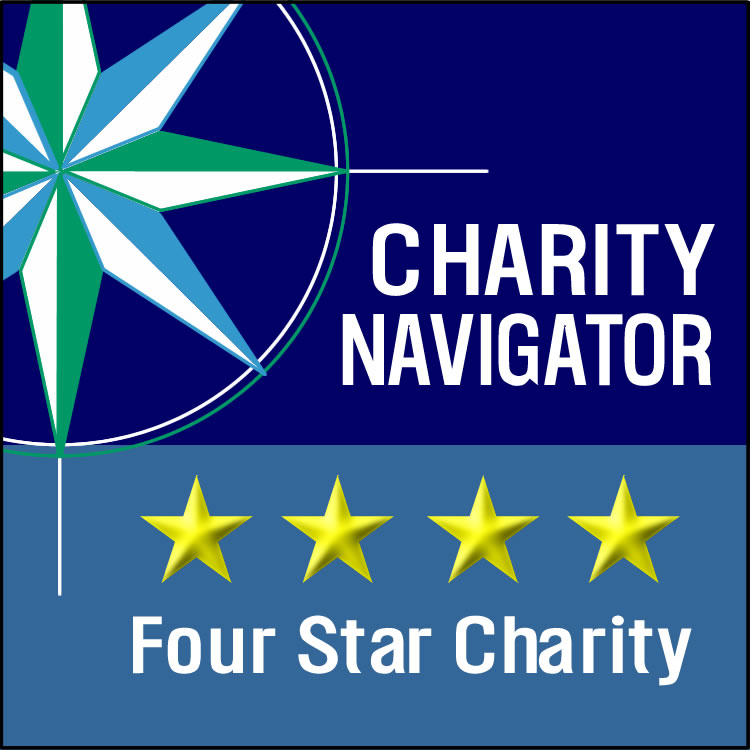A new Children's Book on Blindness
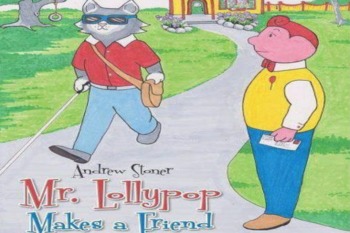 The majority of children, naturally, know very little about disabilities. Ignorance can lead young people to mistreat other youngsters who are living with hearing, vision loss and blindness. Author Andrew Stoner decided to take it upon himself to help kids better understand what it's like to live with blindness.
The majority of children, naturally, know very little about disabilities. Ignorance can lead young people to mistreat other youngsters who are living with hearing, vision loss and blindness. Author Andrew Stoner decided to take it upon himself to help kids better understand what it's like to live with blindness.
"I walk around with a white cane and everyone can tell I'm blind," Stoner said. "I get all sorts of questions about my blindness and about how I go about my everyday life so I thought this was a good way to let people know what it's like."
San Diego Center for the Blind can help you or a loved one living with vision loss or blindness. Please reach out to us to learn more about our programs and services.
Children's book educates kids about blindness

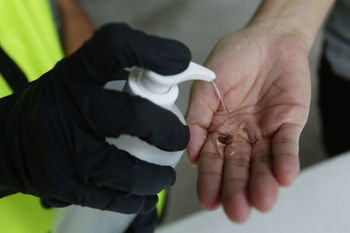 Warning: methanol can be toxic to humans when ingested, inhaled, and absorbed through the skin. During a global pandemic that involves a potentially deadly virus, it's vital to wash or sanitize your hands regularly. Safe and effective hand sanitizers contain 60 percent or more of isopropyl alcohol.
Warning: methanol can be toxic to humans when ingested, inhaled, and absorbed through the skin. During a global pandemic that involves a potentially deadly virus, it's vital to wash or sanitize your hands regularly. Safe and effective hand sanitizers contain 60 percent or more of isopropyl alcohol.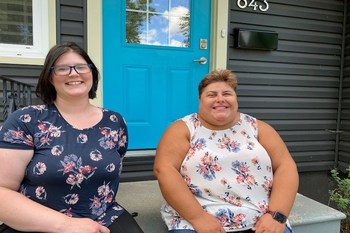 These are isolating times for billions of people around the globe. Stay at home orders, and social distancing recommendations are inherently lonely for anyone, but they can be especially challenging for people living with disabilities such as deafness or blindness.
These are isolating times for billions of people around the globe. Stay at home orders, and social distancing recommendations are inherently lonely for anyone, but they can be especially challenging for people living with disabilities such as deafness or blindness. 3D printing is always coming up with new assistive devices to help those who are visually impaired. Geometry is a very difficult subject to understand for many, and even more so when you can't see.
3D printing is always coming up with new assistive devices to help those who are visually impaired. Geometry is a very difficult subject to understand for many, and even more so when you can't see.  A few cities around the world are trying "smart city projects". The projects implement a combination of technology to aid those with visual impairments and other physical disabilities to traverse the city more easily.
A few cities around the world are trying "smart city projects". The projects implement a combination of technology to aid those with visual impairments and other physical disabilities to traverse the city more easily. 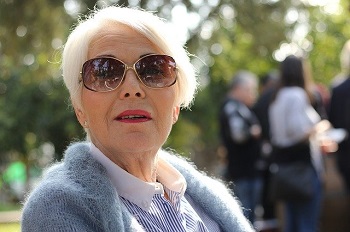 As we age, changes occur in our bodies, including our eyes. While many issues that can crop up can't be prevented, there are some key care areas for your eyes that may help to keep them healthier as long as possible.
As we age, changes occur in our bodies, including our eyes. While many issues that can crop up can't be prevented, there are some key care areas for your eyes that may help to keep them healthier as long as possible.
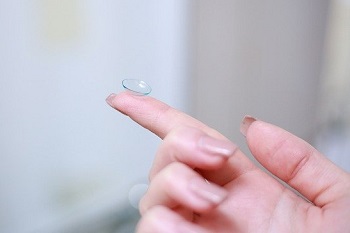 With approximately 45 million Americans wearing contact lenses, it's scary to think that many haven't been told proper care information, or, at least, they haven't properly heard and absorbed it.
With approximately 45 million Americans wearing contact lenses, it's scary to think that many haven't been told proper care information, or, at least, they haven't properly heard and absorbed it.  Previous studies have shown fruit and vegetables high in vitamins and other nutrients can be good for your eyes and your vision, just as they are good for most other parts of your body!
Previous studies have shown fruit and vegetables high in vitamins and other nutrients can be good for your eyes and your vision, just as they are good for most other parts of your body!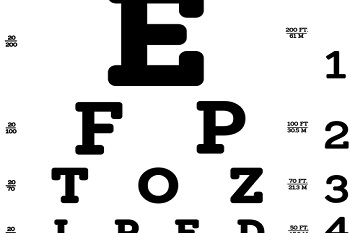 Diagnostic errors during routine eye exams may sit as high as 74%. The classic eye chart with letters on a wall has been used for decades and the results are up to the ophthalmologist to decipher and interpret leading to errors in both interpretation and diagnosis of problems.
Diagnostic errors during routine eye exams may sit as high as 74%. The classic eye chart with letters on a wall has been used for decades and the results are up to the ophthalmologist to decipher and interpret leading to errors in both interpretation and diagnosis of problems.  Paintings hanging in museums have long been "no touch" zones. There have been multiple efforts to recreate paintings for people who are visually impaired to experience.
Paintings hanging in museums have long been "no touch" zones. There have been multiple efforts to recreate paintings for people who are visually impaired to experience.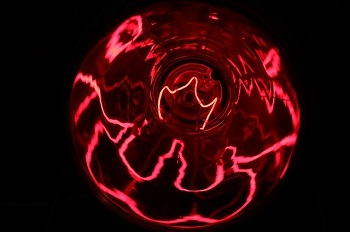 In 2017, a team in Europe found a transformative therapy for a young boy with serious skin damage to 80% of his body. Now scientists are building on the gene therapy that was used for that child to tackle macular degeneration.
In 2017, a team in Europe found a transformative therapy for a young boy with serious skin damage to 80% of his body. Now scientists are building on the gene therapy that was used for that child to tackle macular degeneration. 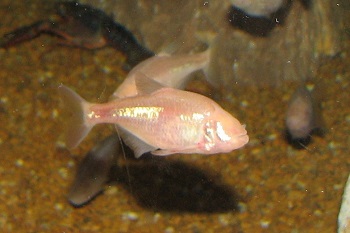 The Mexican Cavefish lives in caves with little oxygen and no light. With this habitat, the fish mutated from another species and has no eyes. In fact, with this mutation, blood flow is cut off to the eyes during embryonic development.
The Mexican Cavefish lives in caves with little oxygen and no light. With this habitat, the fish mutated from another species and has no eyes. In fact, with this mutation, blood flow is cut off to the eyes during embryonic development. 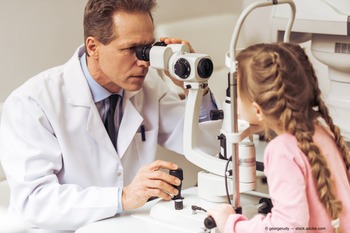
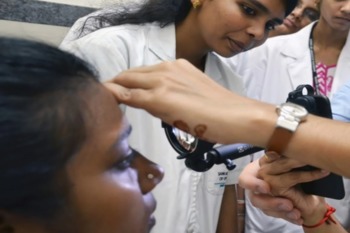 Diabetes is one of the leading causes of blindness on the planet. In fact, the condition is the number one cause of new blindness in working-age adults. Early detection is key to preventing further problems. According to the National Eye Institute, diabetic retinopathy affects between 40 and 45 percent of American diabetics.
Diabetes is one of the leading causes of blindness on the planet. In fact, the condition is the number one cause of new blindness in working-age adults. Early detection is key to preventing further problems. According to the National Eye Institute, diabetic retinopathy affects between 40 and 45 percent of American diabetics. A team of researchers led by Leilei Gu at the Hong Kong University of Science and Technology may have achieved what was once thought impossible—the creation of an artificial eye. The implications this feat could have for people living with vision loss or blindness could be profound.
A team of researchers led by Leilei Gu at the Hong Kong University of Science and Technology may have achieved what was once thought impossible—the creation of an artificial eye. The implications this feat could have for people living with vision loss or blindness could be profound.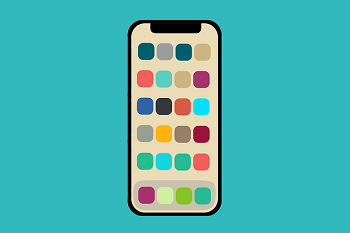 Scientists are looking for ways to detect eye disease in earlier stages in countries with limited access to health care.
Scientists are looking for ways to detect eye disease in earlier stages in countries with limited access to health care. 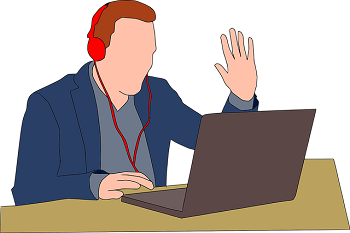 With so many people using computers, phones and other screens much more than usual during this time, some people are feeling eye strain through out the day. Understandably, many are concerned about the long term impact of screen time and the associated eye strain.
With so many people using computers, phones and other screens much more than usual during this time, some people are feeling eye strain through out the day. Understandably, many are concerned about the long term impact of screen time and the associated eye strain.  Steve Saylor is known as the Blind Gamer. Years ago he started a YouTube channel on which he laughed about his bad computer game skills. After some discussions, he realized the problem wasn't his gaming skills, but the games themselves.
Steve Saylor is known as the Blind Gamer. Years ago he started a YouTube channel on which he laughed about his bad computer game skills. After some discussions, he realized the problem wasn't his gaming skills, but the games themselves. 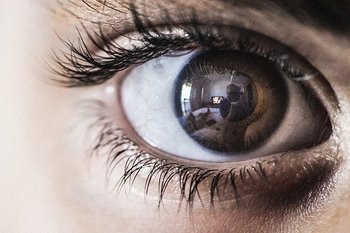 Type-2 diabetes and vision loss often go hand-in-hand. It's a complicated disease that can be fatal if it isn't carefully monitored. A group of researchers wondered: "Could vision loss and the visual disturbances that diabetes patients experience be prevented?"
Type-2 diabetes and vision loss often go hand-in-hand. It's a complicated disease that can be fatal if it isn't carefully monitored. A group of researchers wondered: "Could vision loss and the visual disturbances that diabetes patients experience be prevented?"
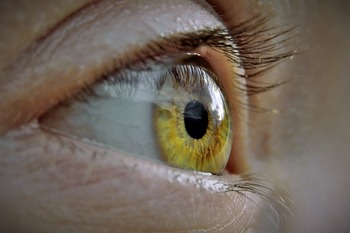 Your vision is of the utmost importance and preventing vision loss should be at the top of your priority list. May is Healthy Vision Month! Please schedule an appointment for an eye exam with your local ophthalmologist to make sure you're not at risk of problems.
Your vision is of the utmost importance and preventing vision loss should be at the top of your priority list. May is Healthy Vision Month! Please schedule an appointment for an eye exam with your local ophthalmologist to make sure you're not at risk of problems.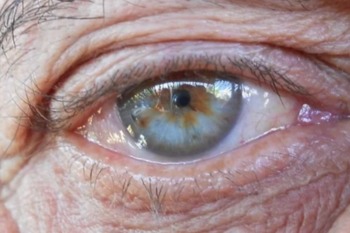 Age-related macular degeneration impacts the lives of millions of people around the globe. Vision loss is caused by inflammation in the eye that leads to excessive growth of blood vessels in the retina. Current therapies to slow the process are anti-VEGF therapies such as Regeneron and Bayer's Eylea.
Age-related macular degeneration impacts the lives of millions of people around the globe. Vision loss is caused by inflammation in the eye that leads to excessive growth of blood vessels in the retina. Current therapies to slow the process are anti-VEGF therapies such as Regeneron and Bayer's Eylea.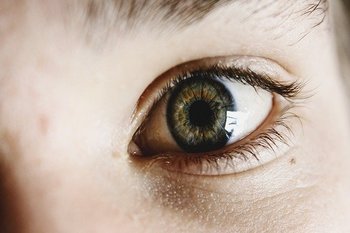

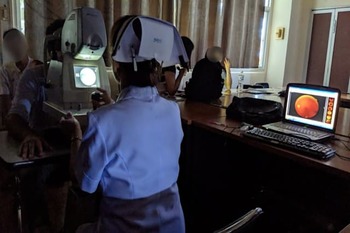
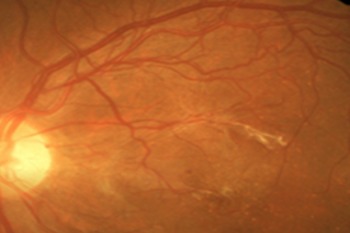
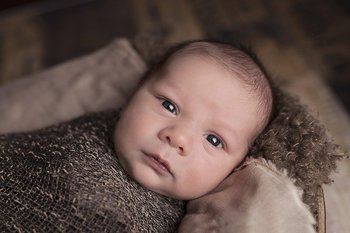 One of the challenges that premature babies face involves the eyes. A condition called retinopathy of prematurity (ROP) is an eye disorder that is one of the leading causes of blindness in children. However, treatment can prevent blindness in premature babies.
One of the challenges that premature babies face involves the eyes. A condition called retinopathy of prematurity (ROP) is an eye disorder that is one of the leading causes of blindness in children. However, treatment can prevent blindness in premature babies. 


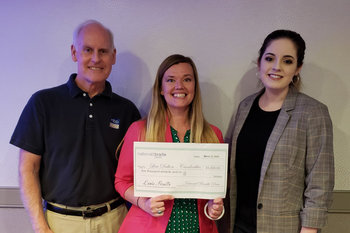
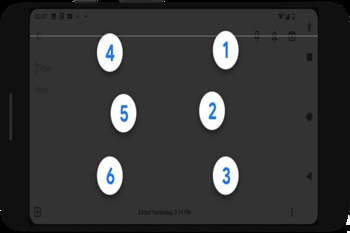

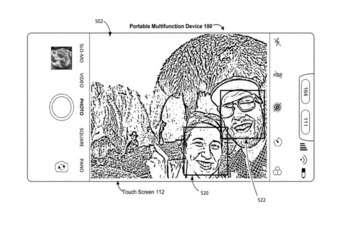
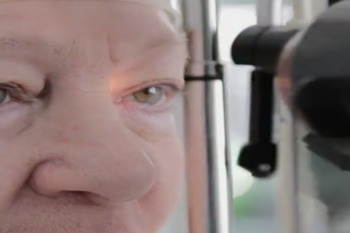
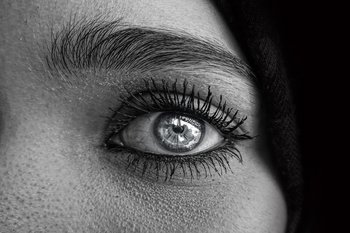
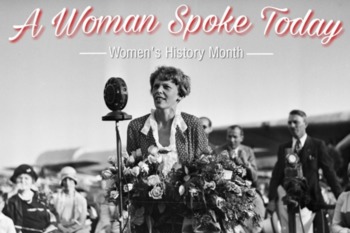 Hellen Keller is a name that rings out in the blind community and beyond. We all learned about her remarkable feats in elementary school. Did you know that she fought hard to get Braille books into the hands of adults? She spoke to congress advocating for federally funded programs to help achieve her goal.
Hellen Keller is a name that rings out in the blind community and beyond. We all learned about her remarkable feats in elementary school. Did you know that she fought hard to get Braille books into the hands of adults? She spoke to congress advocating for federally funded programs to help achieve her goal.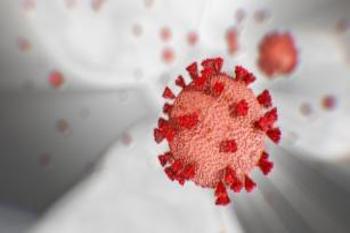 The COVID-19 pandemic is changing everyone's life in a myriad of ways. Those living with low vision or vision loss can benefit from taking out their contacts and putting their glasses back on. Doing so can help prevent the spread of the virus. The American Academy of Ophthalmology says it can help you stop touching your face.
The COVID-19 pandemic is changing everyone's life in a myriad of ways. Those living with low vision or vision loss can benefit from taking out their contacts and putting their glasses back on. Doing so can help prevent the spread of the virus. The American Academy of Ophthalmology says it can help you stop touching your face. Cristina Jones, a soprano singer and student at Cal State Fullerton is living with blindness. However, she doesn't let being blind stand in her way. How does one living with blindness manage on the stage without losing their place?
Cristina Jones, a soprano singer and student at Cal State Fullerton is living with blindness. However, she doesn't let being blind stand in her way. How does one living with blindness manage on the stage without losing their place?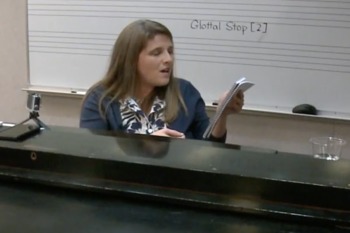 Earlier in the week, we wrote about Louis Braille and how he made adaptations for music and mathematics by adding extra symbols. Now, a professor at Vanderbilt University is helping blind aspiring classical singers pronounce lyrics. Cherie Montgomery, a voice professor, has created a new braille phonetic system.
Earlier in the week, we wrote about Louis Braille and how he made adaptations for music and mathematics by adding extra symbols. Now, a professor at Vanderbilt University is helping blind aspiring classical singers pronounce lyrics. Cherie Montgomery, a voice professor, has created a new braille phonetic system.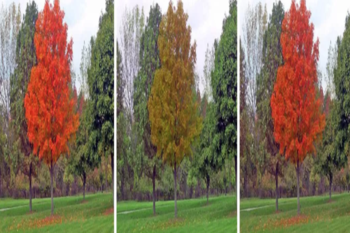 A new type of contact lens could help people living with color blindness. Researchers say that they could help people with a form of red-green color blindness. The contact lenses restore lost color contrast. The research was published in The Optical Society journal Optics Letters.
A new type of contact lens could help people living with color blindness. Researchers say that they could help people with a form of red-green color blindness. The contact lenses restore lost color contrast. The research was published in The Optical Society journal Optics Letters.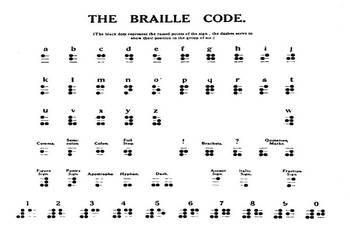 Louis Braille invented a tactile reading method for blind people in 1829. It enabled people who are living with blindness to read and write. Using Captain Charles Barbier’s “night writing” system, Braille made simplifications to Barbier’s 12 dot system. He reduced it to six dots.
Louis Braille invented a tactile reading method for blind people in 1829. It enabled people who are living with blindness to read and write. Using Captain Charles Barbier’s “night writing” system, Braille made simplifications to Barbier’s 12 dot system. He reduced it to six dots.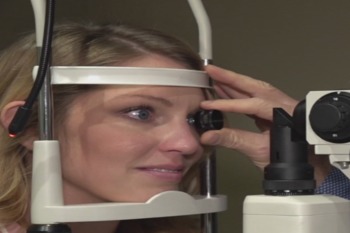 Regular eye exams can prevent you from experiencing vision loss. During Save Your Vision Month, we would like to encourage you to prioritize your eye health. Naturally, the American Optometric Association would like you to do the same. Annual eye exams are essential!
Regular eye exams can prevent you from experiencing vision loss. During Save Your Vision Month, we would like to encourage you to prioritize your eye health. Naturally, the American Optometric Association would like you to do the same. Annual eye exams are essential! The number of older Americans at high risk for vision loss rose from 65 million to 93 million between 2002 and 2017, according to federal data. This news is concerning and should prompt more older people to get regular eye tests. The research appearing in JAMA Ophthalmology shows that those at significant risk of losing their sight include people with diabetes and anyone with eye or vision problems.
The number of older Americans at high risk for vision loss rose from 65 million to 93 million between 2002 and 2017, according to federal data. This news is concerning and should prompt more older people to get regular eye tests. The research appearing in JAMA Ophthalmology shows that those at significant risk of losing their sight include people with diabetes and anyone with eye or vision problems.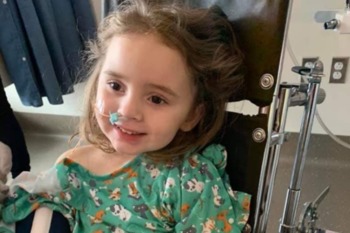 In January, we wrote about Jade DeLucia, a four-year-old girl in Iowa who experienced vision loss after contracting the flu. We are happy to report that Jade has regained her eyesight. Her mother, Courtney Frey, said in an update on Facebook recently:
In January, we wrote about Jade DeLucia, a four-year-old girl in Iowa who experienced vision loss after contracting the flu. We are happy to report that Jade has regained her eyesight. Her mother, Courtney Frey, said in an update on Facebook recently: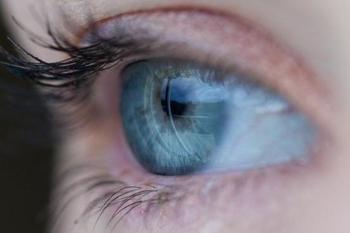 A new study published by JAMA Ophthalmology shows that a growing number of Americans are at exceptional risk for vision loss. A team of researchers from the U.S. CDC estimates that 93 million adults across the country were at increased risk for eye diseases such as age-related macular degeneration, cataracts, diabetic retinopathy, and glaucoma.
A new study published by JAMA Ophthalmology shows that a growing number of Americans are at exceptional risk for vision loss. A team of researchers from the U.S. CDC estimates that 93 million adults across the country were at increased risk for eye diseases such as age-related macular degeneration, cataracts, diabetic retinopathy, and glaucoma.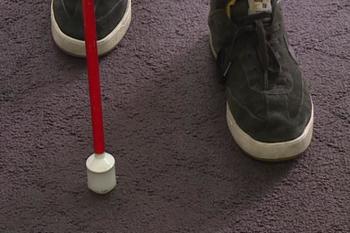 Adjusting to life with blindness is not easy, and people need assistance along the way. Fortunately, there are many organizations like San Diego Center for the Blind across the country, helping countless individuals learn new skills. The Northern Nevada Center for Independent Living, for instance, is teaching people Braille and how to travel independently.
Adjusting to life with blindness is not easy, and people need assistance along the way. Fortunately, there are many organizations like San Diego Center for the Blind across the country, helping countless individuals learn new skills. The Northern Nevada Center for Independent Living, for instance, is teaching people Braille and how to travel independently.
